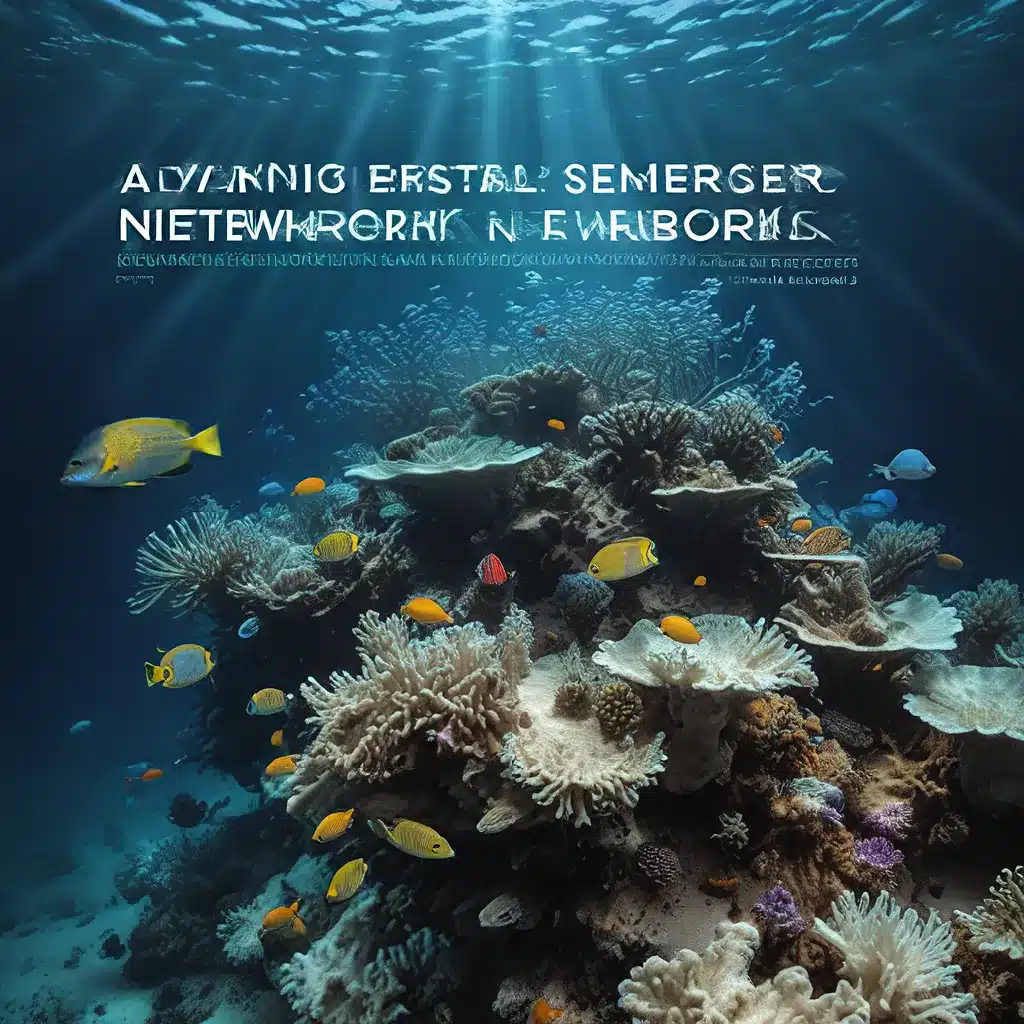
The Earth’s oceans are vast, covering about 71% of the planet’s surface, and they hold a wealth of untapped resources and diverse ecosystems. Advancements in marine technology have played a pivotal role in enhancing our understanding of the oceans and their crucial role in our planet’s health. Marine institutes and research organizations worldwide are at the forefront of developing innovative technologies and conducting cutting-edge research to explore, monitor, and collect data from the ocean environment.
Autonomous Underwater Vehicles (AUVs) and Gliders
One significant breakthrough in marine technology is the development of Autonomous Underwater Vehicles (AUVs) and Gliders. These unmanned vehicles are equipped with sensors, cameras, and navigational systems, allowing them to operate independently and collect valuable data from the ocean depths.
AUVs can conduct precise underwater surveys, map the seafloor, and investigate marine biodiversity. Their ability to reach extreme depths and explore challenging environments has revolutionized our knowledge of deep-sea ecosystems. Similarly, Gliders are buoyancy-driven vehicles that move through the water column in a saw-tooth pattern, collecting data on temperature, salinity, currents, and other environmental variables. Gliders have significantly extended the spatial and temporal coverage of ocean observations, enabling researchers to monitor dynamic processes such as ocean currents, upwelling events, and harmful algal blooms more effectively.
Remotely Operated Vehicles (ROVs)
Remotely Operated Vehicles (ROVs) are another technological marvel used in marine research. These submersible robots are controlled remotely by operators on the surface. Equipped with high-definition cameras, manipulator arms, and sampling tools, ROVs enable researchers to explore and document ocean depths in unprecedented detail. They are instrumental in studying deep-sea ecosystems, underwater archaeological sites, and hydrothermal vents. ROVs can also aid in the inspection and maintenance of offshore infrastructure, such as oil rigs and underwater pipelines, reducing the need for human divers in hazardous environments.
Sensor Networks and Ocean Observatories
Sensor networks and ocean observatories have revolutionized ocean monitoring by providing real-time data on various oceanic parameters. These observatories consist of an array of sensors and instruments strategically placed throughout the ocean, continuously measuring parameters like temperature, salinity, pH levels, dissolved oxygen, and currents. The data collected is transmitted to onshore laboratories, enabling scientists to monitor and analyze changes in the ocean environment over extended periods.
Advanced sensor technologies, such as biogeochemical sensors, enable the monitoring of chemical compounds, nutrient cycles, and the detection of harmful algal blooms. These observatories provide crucial information for climate studies, ecosystem monitoring, and the understanding of oceanographic phenomena, contributing to improved ocean management and conservation efforts.
Underwater Acoustic Technologies
Underwater acoustics is a rapidly evolving field that has revolutionized ocean exploration and research. Acoustic technologies, such as multibeam sonar systems, enable detailed mapping of the seafloor, helping scientists identify underwater geological features, habitats, and potential resources. Additionally, underwater acoustic communication systems facilitate real-time communication between underwater vehicles, enabling coordinated exploration and data collection.
Another exciting development is the use of passive acoustic monitoring (PAM) to study marine mammals, fish populations, and other marine organisms. PAM systems can detect and record the sounds produced by marine animals, providing valuable insights into their behavior, migration patterns, and communication methods. This information is essential for conservation efforts, fisheries management, and understanding the impacts of human activities on marine life.
Satellite Remote Sensing
Satellite remote sensing has revolutionized our ability to monitor the oceans on a global scale. Satellites equipped with advanced sensors can collect data on sea surface temperature, ocean color, chlorophyll concentration, and sea surface height, among other parameters. These observations provide critical insights into ocean circulation patterns, climate dynamics, and the health of marine ecosystems.
Satellite remote sensing has also proven valuable in detecting and monitoring phenomena like harmful algal blooms, oil spills, and the extent of marine pollution. The data collected by satellites are readily accessible, allowing scientists, policymakers, and resource managers to make informed decisions and take prompt action when necessary.
The Future of Underwater Sensor Networks
The advancements in marine technology have transformed our understanding of the oceans and their complex ecosystems. Autonomous underwater vehicles, remotely operated vehicles, sensor networks, underwater acoustics, and satellite remote sensing are just a few examples of the innovative technologies that have revolutionized ocean exploration, monitoring, and data collection.
These technologies enable scientists to study previously inaccessible areas, gather real-time data, and monitor changes in the marine environment more comprehensively. With these advancements, we can enhance our understanding of climate change, protect marine biodiversity, manage fisheries sustainably, and make informed decisions regarding marine resource utilization.
Continued investment in marine technology and research by institutes and organizations worldwide will undoubtedly contribute to further advancements, unlocking the secrets of the oceans and ensuring their conservation for future generations. As the field of sensor networks continues to evolve, the synergy between underwater sensor technologies and marine research will become increasingly vital in unraveling the complexities of our blue planet.